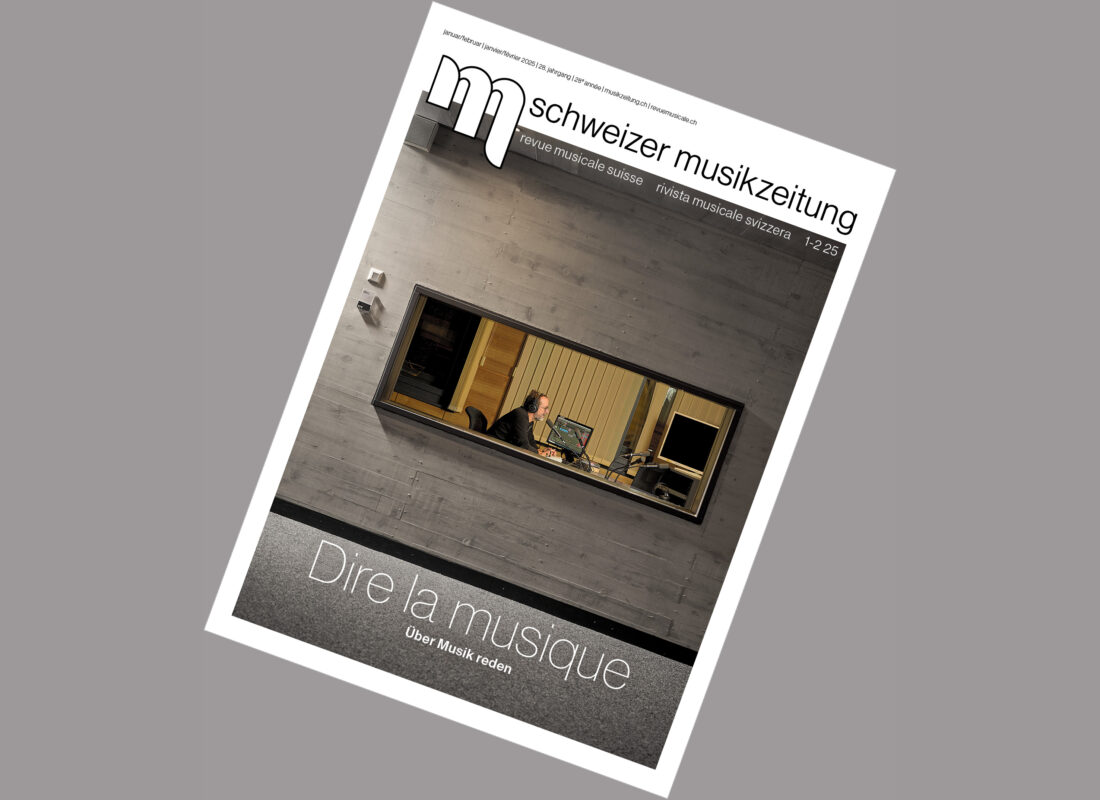Tubes without disturbing
The development of musical genres and musical instruments has always been closely linked. The anecdote about Mozart's clarinet concerto, which he wrote especially for the recently invented basset clarinet, is well known. And the technical improvements to the piano in the 19th century are continually reflected in scores that make use of these innovations.
In the same way, the development of rock music is closely linked to that of the electric guitar. Here, for the first time, music became a feature of a marginalized social group that wanted to stand out: the youth. Young people need cheap instruments, instruments that give them freedom of movement and with which they can shock the older generations. This is where the electric guitar comes in handy.
What is new is that it is not only the modern technology of the instrument that is brought into play, but also a fault: the distortion that occurs when the amplifier is turned all the way up or is in poor condition. It makes the guitar roar, howl and turns this shy instrument into a demanding, subversive object of acoustic debauchery. Now people are deliberately starting to design amplifiers that overdrive and distortion devices that can be installed between the guitar and amplifier. The guitar sound became more and more powerful, expressing the violence of rockers who smashed their instruments or set them on fire.
Since these scenes, the mindset of electric guitarists has changed considerably. The overdriven sound has become normal, it is even considered noble. Today, the electric guitar roars without disturbing. It has become a "classic"; the magic of the old tube amplifiers, the analog sound is in demand. And nothing is as popular as a Gibson Les Paul from 1957 or a Fender Stratocaster from 1954 - indeed! The renowned guitars carry vintages like good wine (the original meaning of the word "vintage" comes from viticulture). Violinists have experienced something similar with the Stradivarius. And so history repeats itself.








